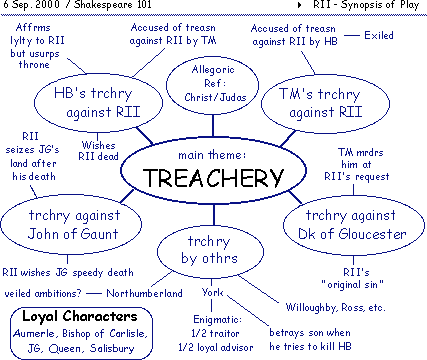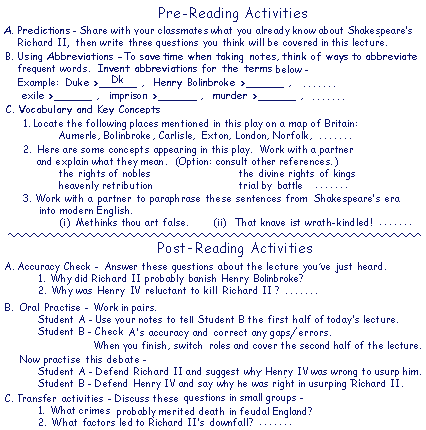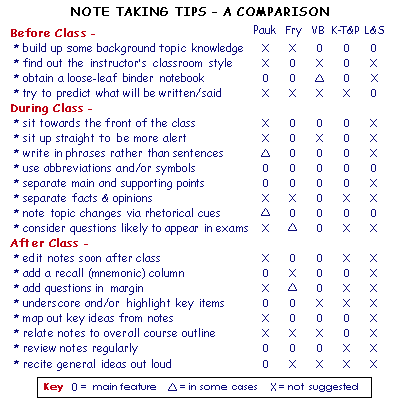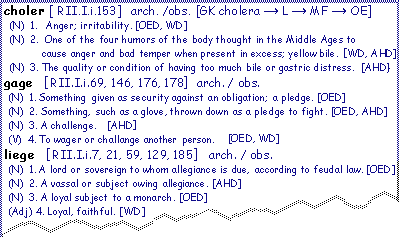
Figure 4. A graphic representation of the central theme in Richard II based on a note taking model suggested by Kesselman-Turkel and Peterson (1982).

Figure 5. Some pre- and post- reading activities for a literature class on Richard II based on concepts by Lim & Smalzer (1990). [Abridged]
A salient feature of the material in Fig. 5 is the way teachers are supposed to help students take notes and consolidate the main ideas of a lecture. Lim and Smalzer maintain that students in general (and foreign language students in particular) will take better notes if they are well prepped. Echoing Kiewra (1985), they suggest that the accuracy of student notes be checked, since many students either miss key information or take wrong notes.

